As 2022 comes to an end, we want to showcase many groundbreaking accomplishments carried out by our talented workforce at Idaho National Laboratory.
As one of 17 national labs in the U.S. Department of Energy (DOE) complex, INL is home to more than 5,700 researchers and support staff focused on innovations in nuclear research, integrated energy systems and security solutions that are enabling net-zero carbon emissions and changing the world.
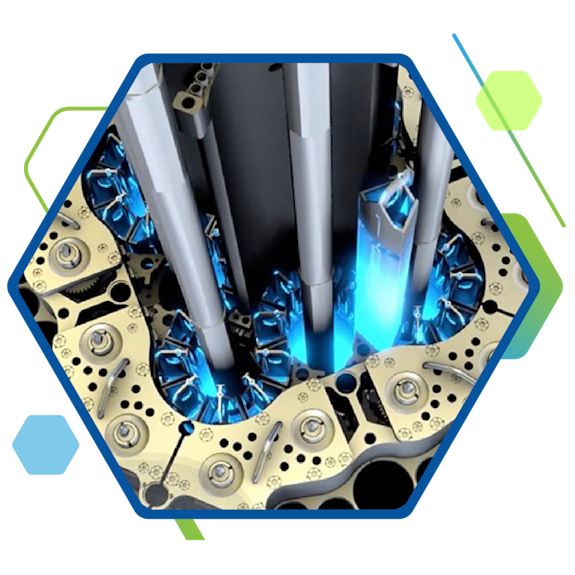 The world’s largest, most powerful and flexible materials test reactor overhauled
The world’s largest, most powerful and flexible materials test reactor overhauled
This year, INL completed the most complex core internals changeout in the history of the Advanced Test Reactor. ATR provides essential support to the U.S. Navy, and its world-leading testing capabilities support the current reactor fleet and the development of materials and fuels for advanced reactors.
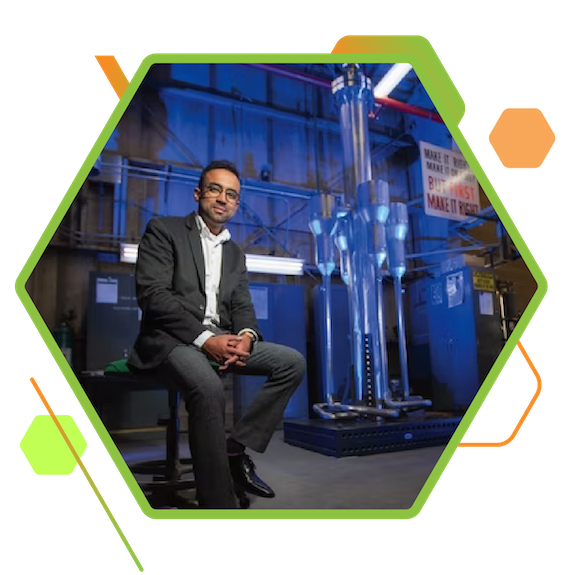 Supercharging microreactor deployment
Supercharging microreactor deployment
INL reached milestones on two projects in its advanced nuclear demonstration pipeline, the Microreactor Applications Research Validation and EvaLuation, or MARVEL, and Project Pele.
Over the next two years MARVEL and Pele will be the 53rd and 54th reactors built on INL’s site, in large part because of the work done this year to set the projects up for success.
INL researchers addressed several technical and project risks related to fuel supply, reactor design, safety and testing on MARVEL, which remains on schedule to become the first modern microreactor designed, authorized and operated.
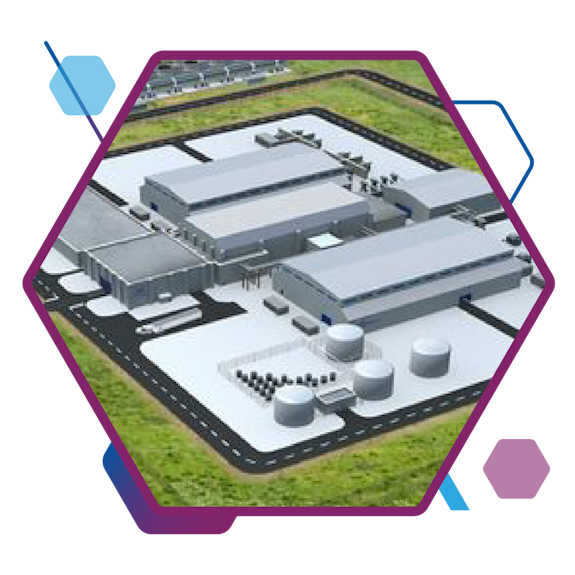 First small modular reactor design receives approval
First small modular reactor design receives approval
The first small modular nuclear reactor design to be approved in the U.S. is expected to go online at Idaho National Laboratory in 2029.
It is the first SMR design to receive U.S. Nuclear Regulatory Commission approval amid rising interest in nuclear energy as a tool for reaching ambitious decarbonization goals.
 World’s first fast-spectrum salt reactor to be designed, constructed and operated at INL
World’s first fast-spectrum salt reactor to be designed, constructed and operated at INL
It will provide crucial operational data for fast-spectrum salt reactors and unlock this uniquely flexible advanced reactor technology for use in a net-zero carbon emissions future.
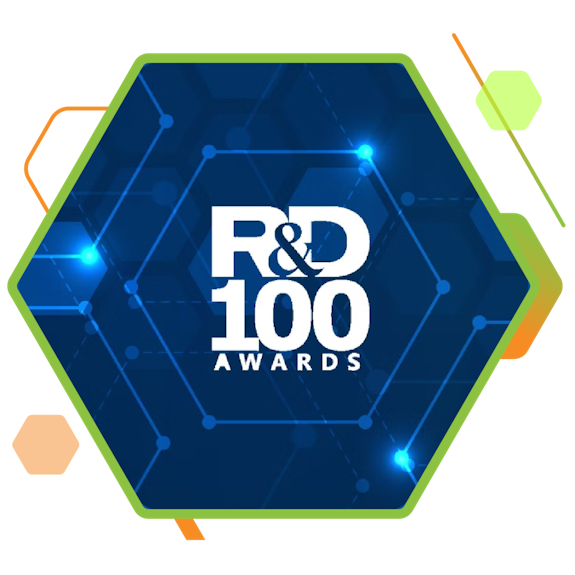 Researchers take home three R&D 100 Awards
Researchers take home three R&D 100 Awards
Three INL researchers were honored for their innovative technologies at the 2022 R&D 100 Award gala event.
The competition – now in its 60th year – celebrates research and development technologies from across the public and private sectors.
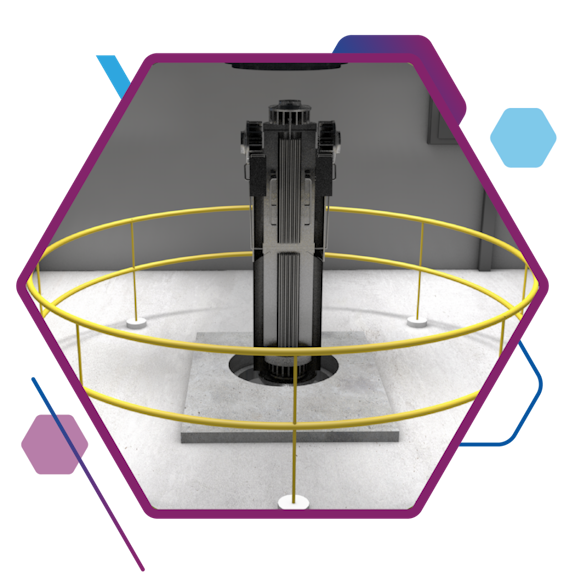 Working toward the future of advanced nuclear reactors
Working toward the future of advanced nuclear reactors
The National Reactor Innovation Center led by INL made notable progress on test beds for reactor demonstrations last year, and the lab achieved important outcomes in fuels needed for the Advanced Reactor Demonstration Program projects that support additional future reactors.
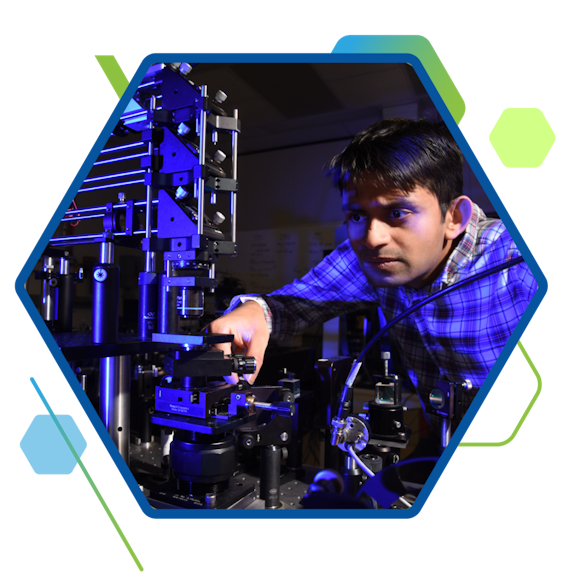 Exploring solutions to integrating nuclear, renewables on the grid
Exploring solutions to integrating nuclear, renewables on the grid
When INL talks about the nation’s secure clean energy future, nuclear must be part of the solution. But nuclear is only one part of the equation. Addressing climate change requires an all-of-the-above approach. That is why INL works on technology solutions to integrate renewables, and carbon reutilization with nuclear to create integrated energy systems.
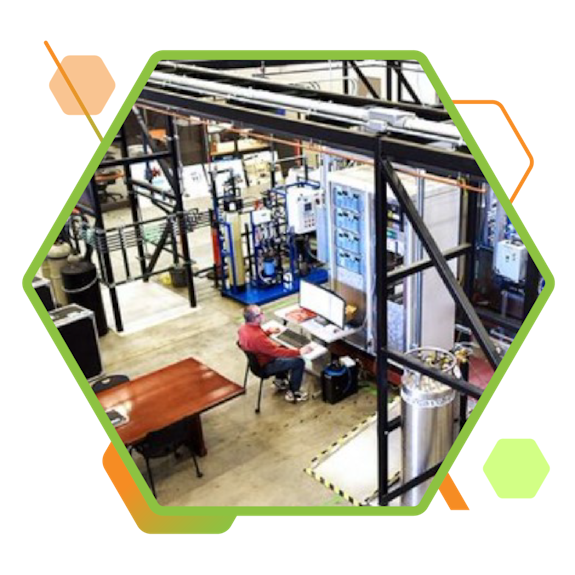 INL completes construction of hydrogen hub prototype
INL completes construction of hydrogen hub prototype
INL also completed experiments verifying integration of hydrogen production at nuclear power plants.
Hydrogen will play a vital role to help decarbonize the steel, agriculture, petroleum refining industries, and eventually synthetic fossil-free hydrocarbon production. It can serve as a clean fuel for combustion devices, fuel cells, utility-scale power generation, and vehicles ranging from warehouse forklifts to heavy duty trucks.
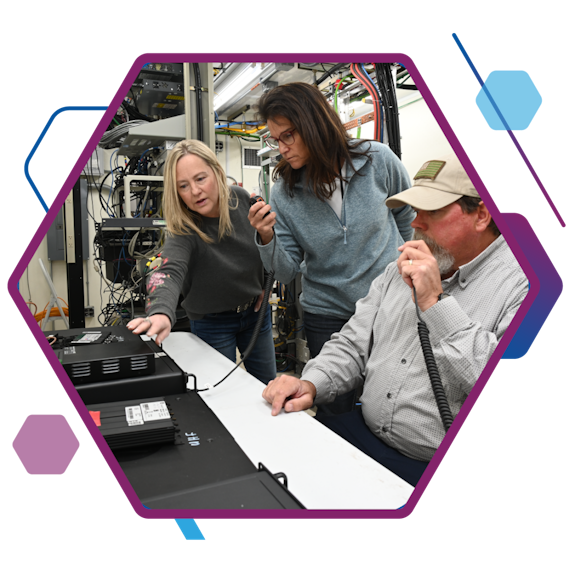 Idaho launches nation’s first 5G wireless test bed
Idaho launches nation’s first 5G wireless test bed
A notable highlight from FY-22 was opening the nation’s first 5G wireless test range, right here in Idaho. This is a big deal, to our lab and the nation, allowing the Department of Defense to address communication challenges, advance 5G security and improve safety for our troops.
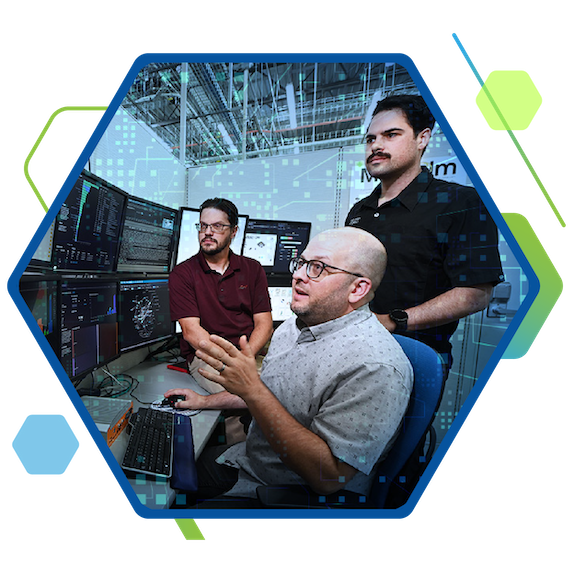 Lab works with major utilities to protect against cyberattacks
Lab works with major utilities to protect against cyberattacks
INL also helped prevent a major breach against a large oil pipeline company and enabled major utilities to identify cyberattacks earlier and limit damage.
Learn more about our partnership with the Cybersecurity and Infrastructure Security Agency to develop an inexpensive cybersecurity solution to analyze network traffic and identify malicious code before a cyberattack damages critical infrastructure.
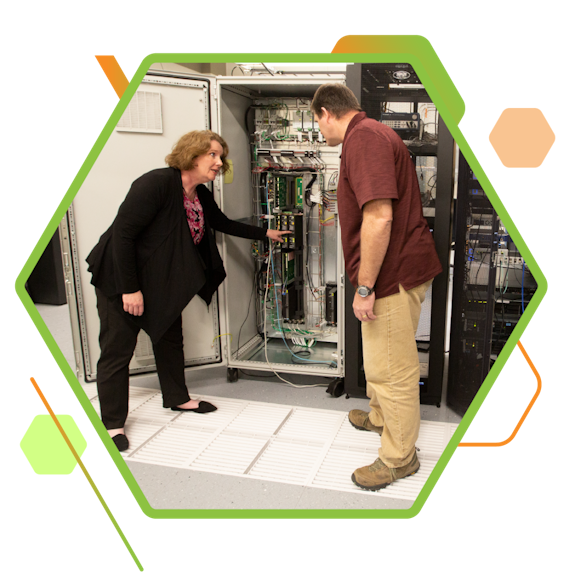 Building a strategy for cyber-resilient energy systems
Building a strategy for cyber-resilient energy systems
INL also provided significant support to the National Cyber-Informed Engineering Strategy published by DOE. This strategy, based on approaches developed at INL, provides a framework for adopting a “security-by-design” approach to protecting America’s critical infrastructure and manufacturing capacity from cyberattacks.
 Advanced manufacturing technology unveiled
Advanced manufacturing technology unveiled
This past year featured a number of significant achievements in INL’s broader clean energy research and development, including unveiling a first-of-its-kind electric field assisted sintering technology.
The DCS-800 will provide industry with the data it needs to efficiently manufacture ceramics and metals, resulting in reduced carbon emissions. This technology already is paying dividends, helping produce lightweight disc brakes for armored vehicles in far less time and using significantly less energy.
 INL supports Idaho small businesses
INL supports Idaho small businesses
This year, INL spent over $241 million with businesses within the state of Idaho. Local businesses are a large part of accomplishing our work, and the lab counts on small businesses for items from office supplies to construction to highly technical reviews and analyses to our missions.
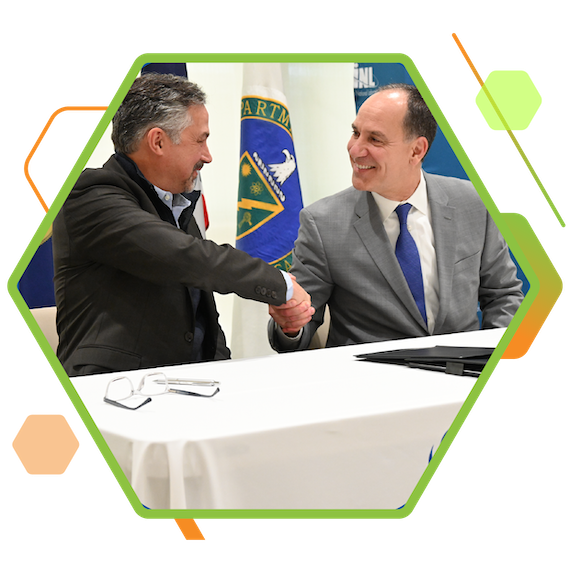 Building relationships in our community and region
Building relationships in our community and region
This past year, we signed a working agreement with the state of Wyoming to support TerraPower’s natrium reactor project and workforce development efforts.
We signed a memorandum of understanding with the University of Utah to enable energy science and technology innovation.
The lab entered into agreements with Idaho Falls School District 91, the College of Eastern Idaho, and the Shoshone-Bannock Tribes to increase education opportunities and enhance workforce development efforts.
INL launched the INL Future Corps program, aimed at preparing the workforce of the future for both traditional STEM careers and STEM-adjacent jobs like technicians, operators, crafts and skilled labor. This program builds upon the laboratory’s existing partnership and MOU with Shoshone-Bannock School District #537 and a new MOU with Idaho Falls School District #91 and aligns the two agreements under one umbrella.
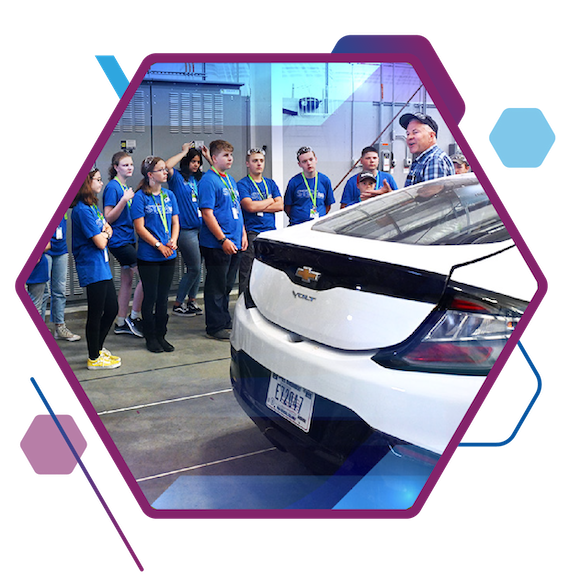 STEM Scholars learn about clean energy
STEM Scholars learn about clean energy
At Idaho National Laboratory’s STEM Scholars summer camp in July 2022, over 300 students from eastern Idaho learned more about how they can make a difference as our world grapples with a growing energy crisis.
Lasting four weeks, the camp worked its way from early elementary to late elementary, middle and high school students. The program’s theme was net-zero carbon emissions, and campers were led through age-appropriate learning experiences that helped them understand the science and technology involved with clean energy.
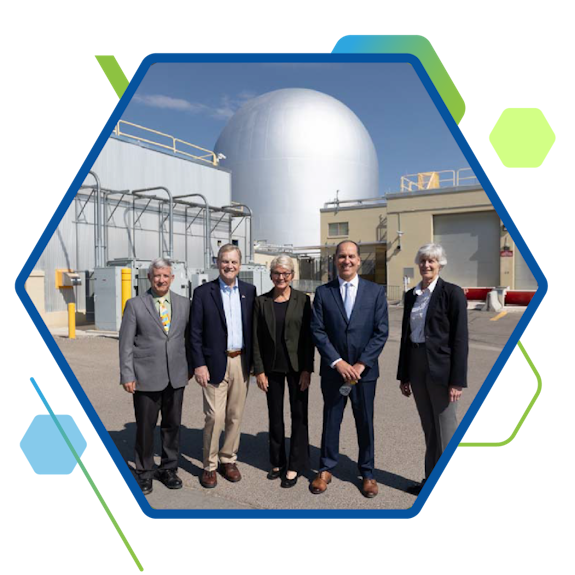 Record number of guests, VIPs tour INL
Record number of guests, VIPs tour INL
2022 proved to be one of Idaho National Laboratory’s busiest for tours and visits. The laboratory hosted visitors from around the world, including Jennifer Granholm, U.S. energy secretary, and Katy Huff, DOE assistant secretary for nuclear energy.
The level of interest by officials and industry leaders reflects a broadening recognition of INL’s impact on issues of national significance.





